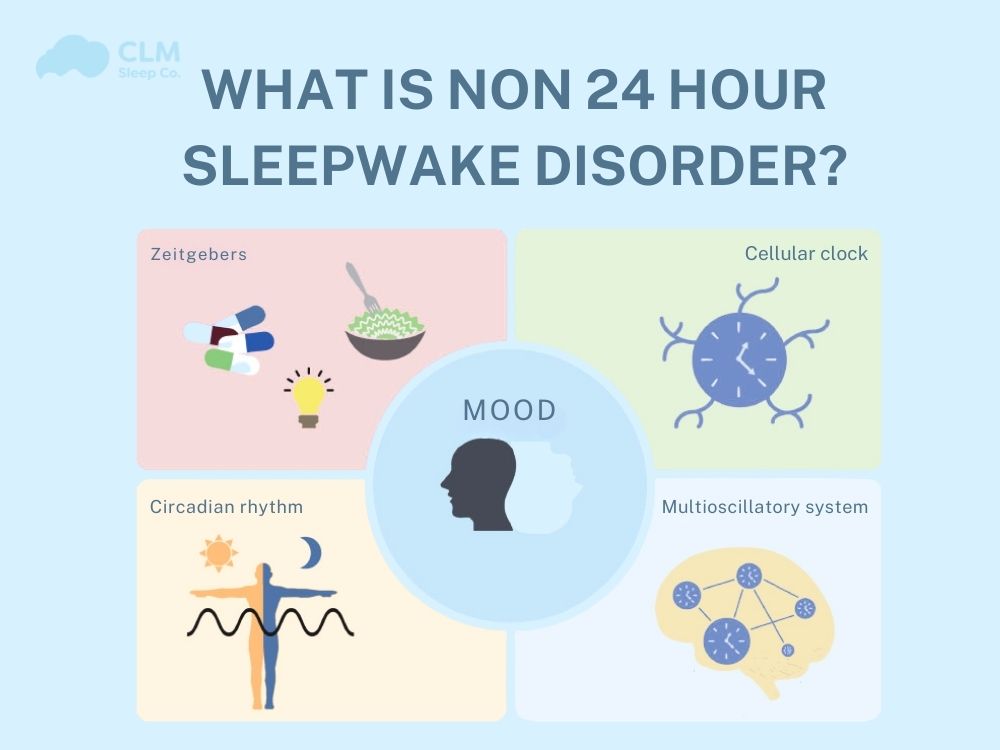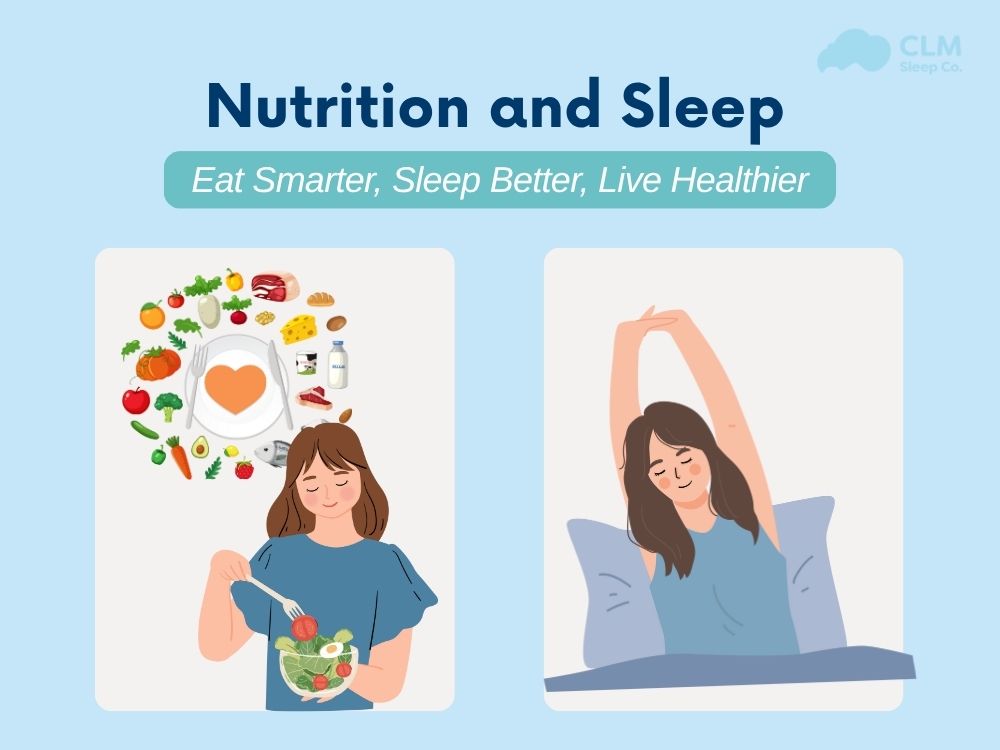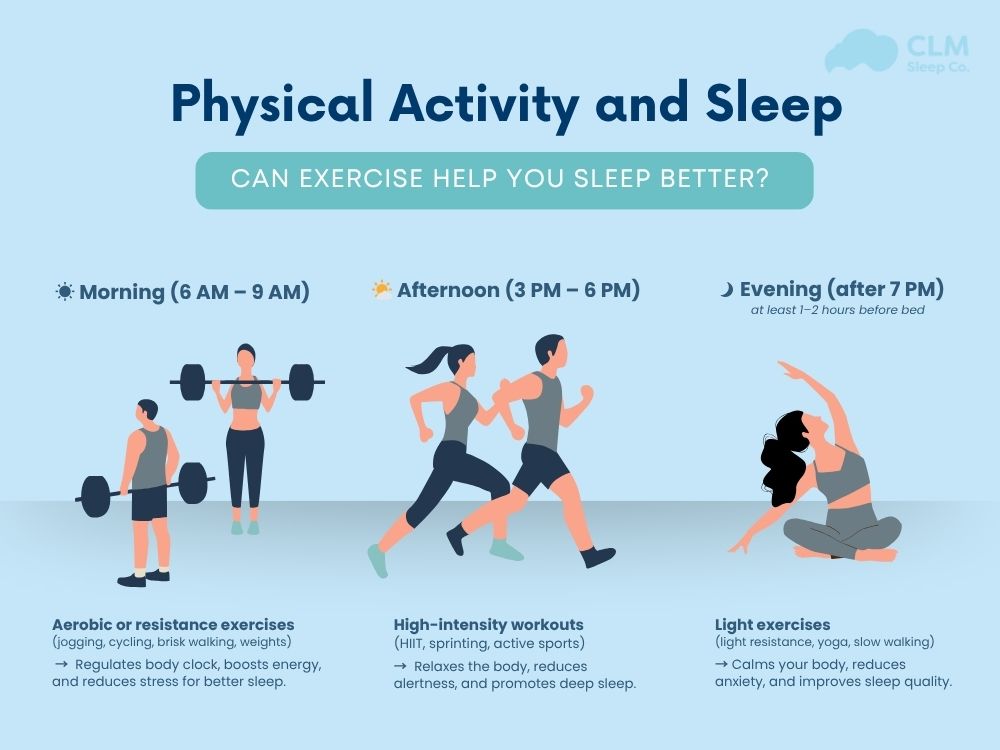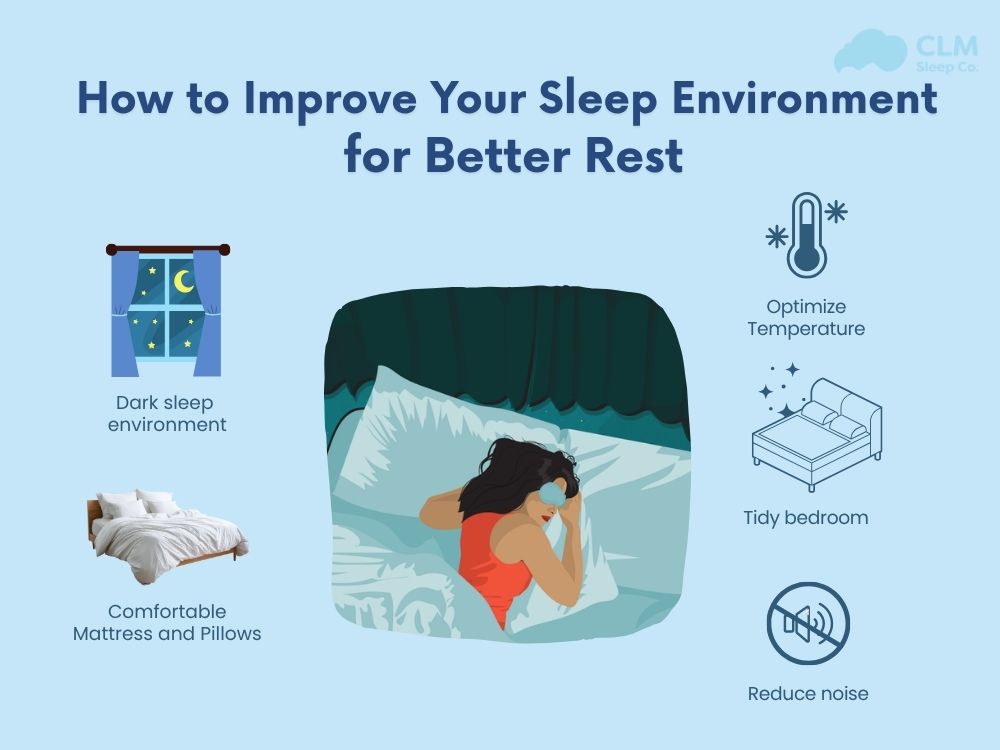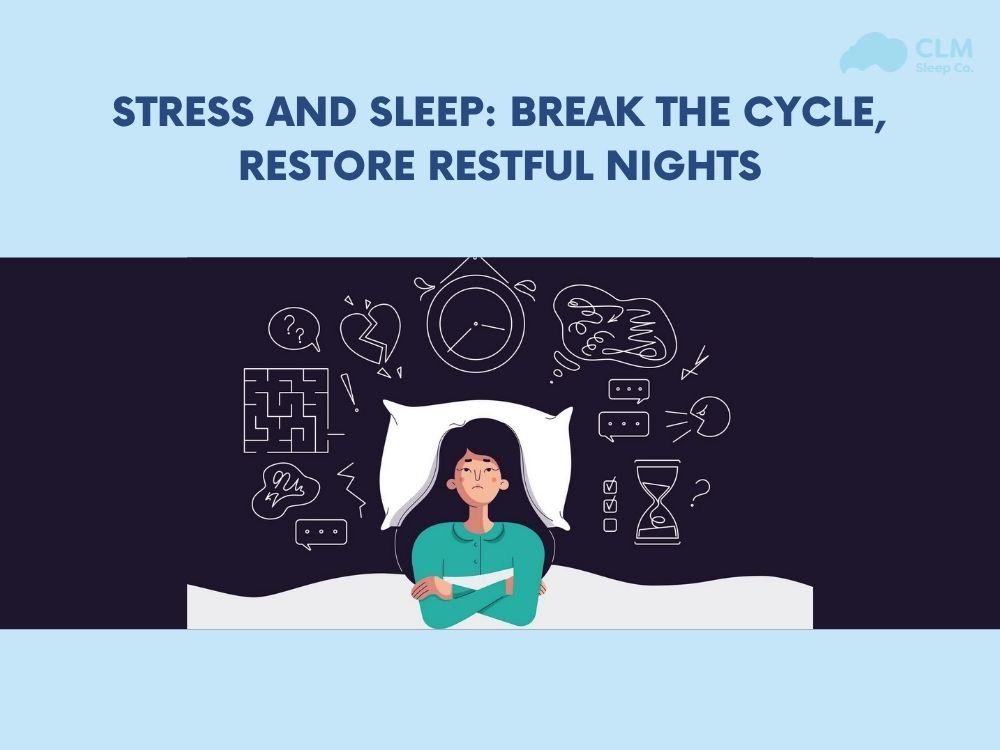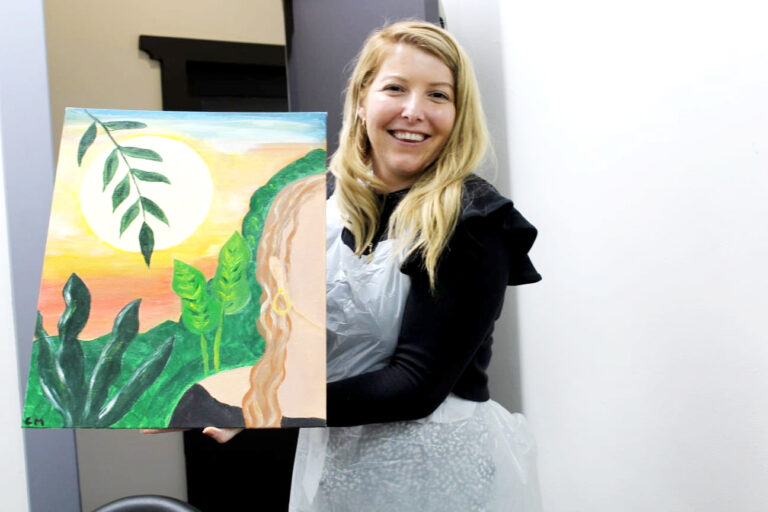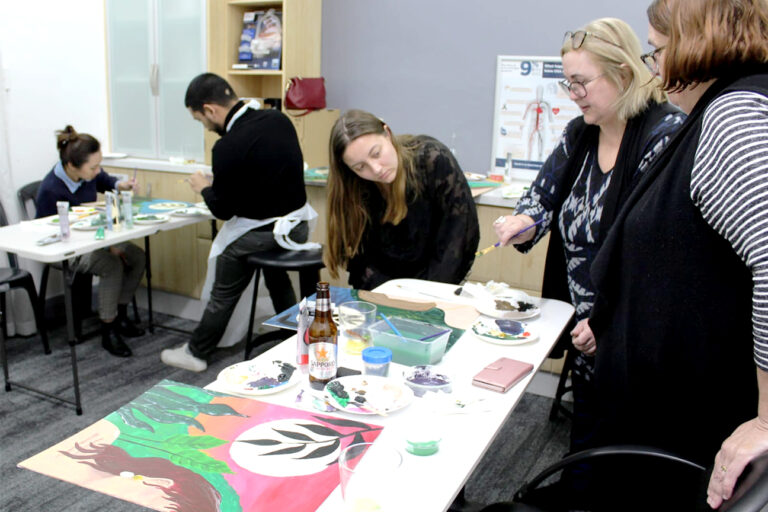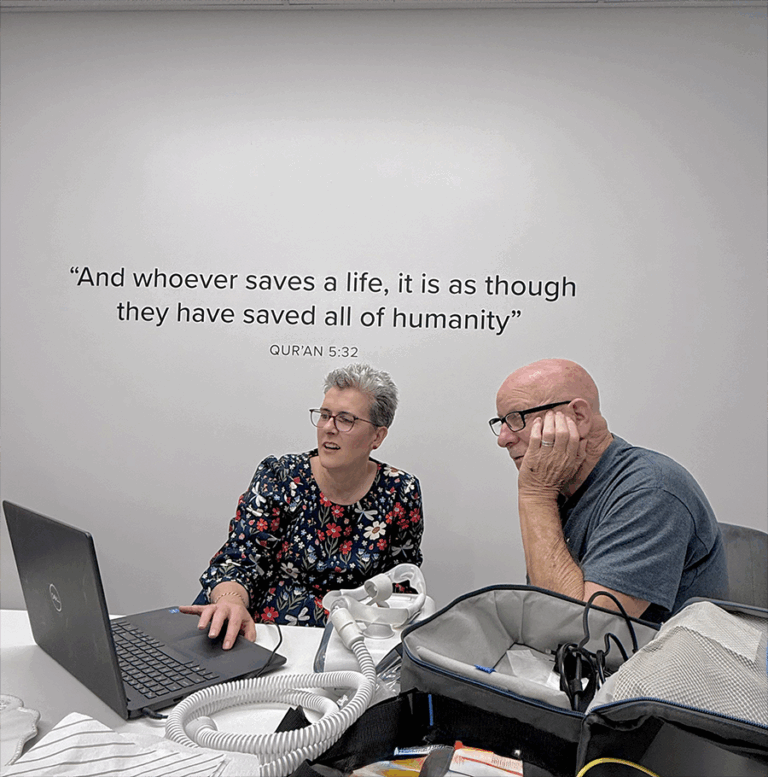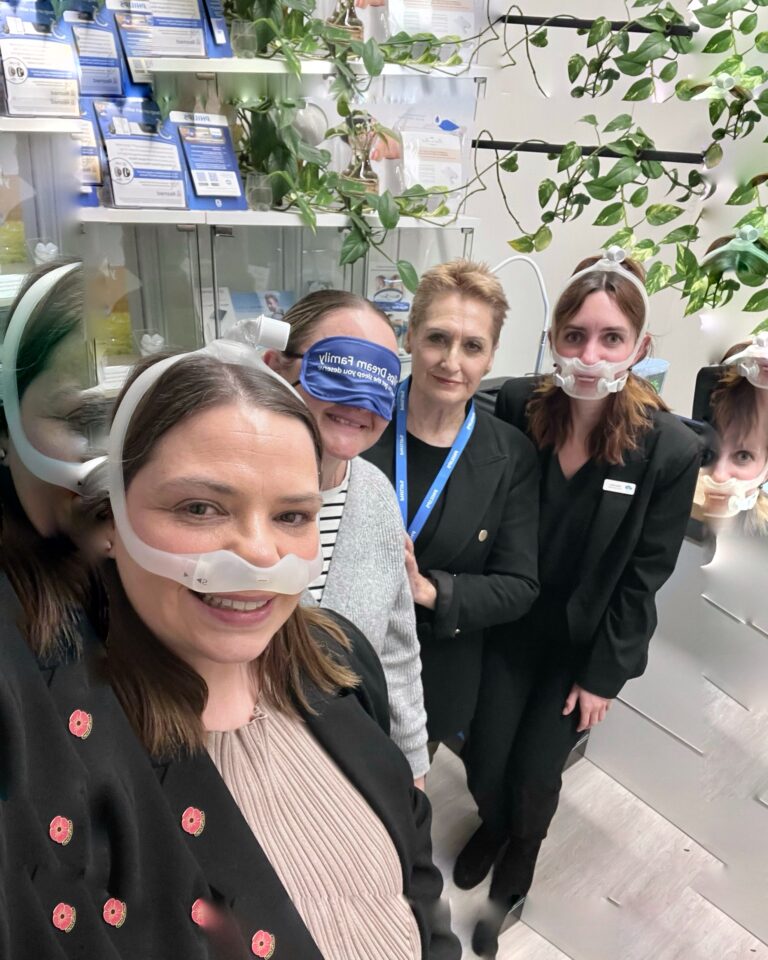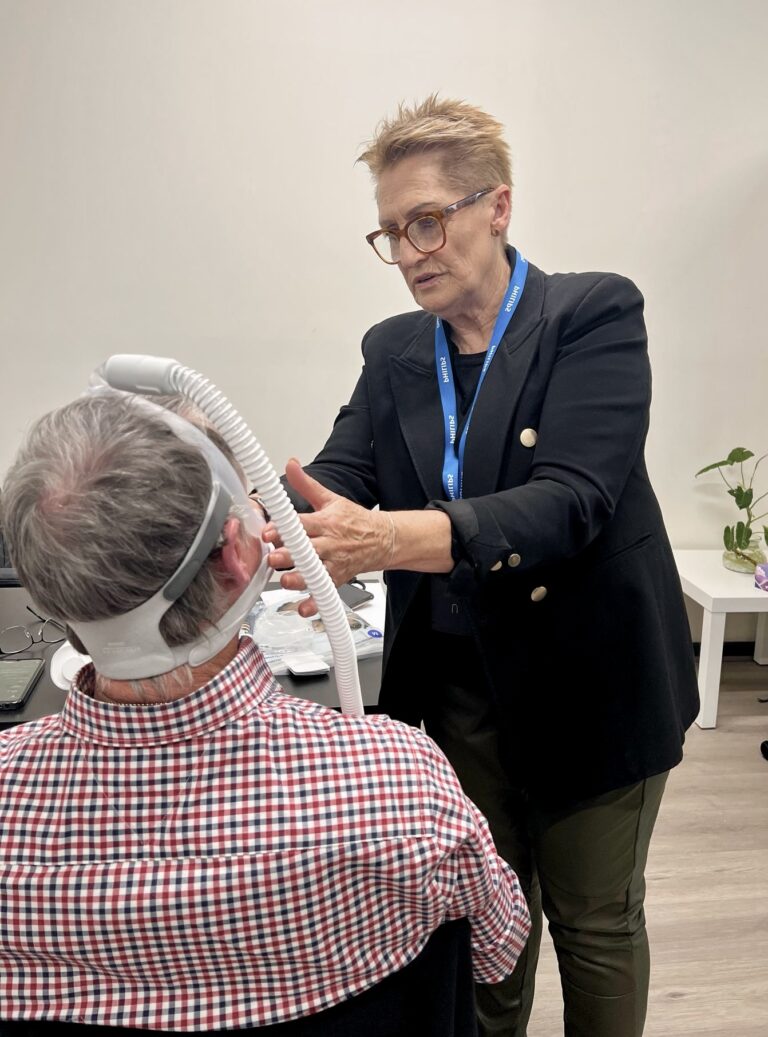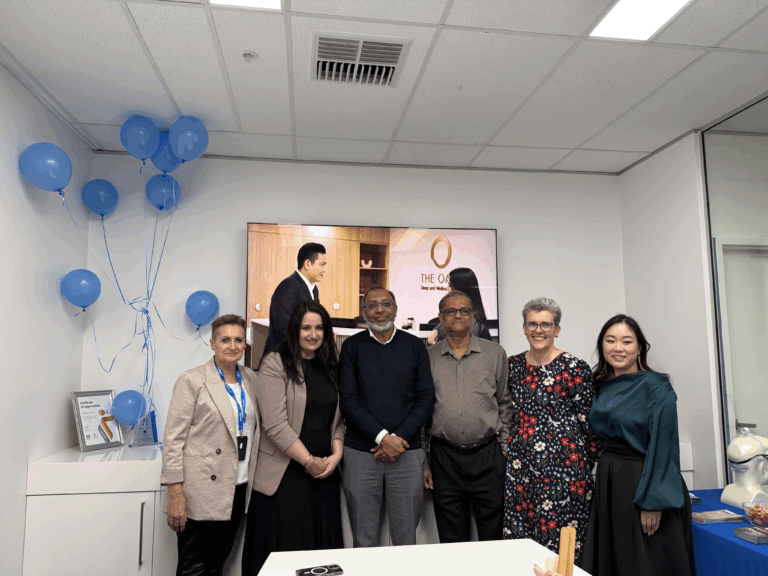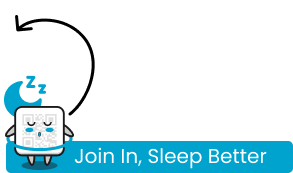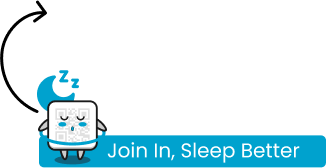When life demands a healthy 24hours routine, what happens if your body’s internal clock follows a completely different rhythm? For those living with non-24-hour sleep-wake disorder, this misalignment can pose daily challenges. In this article, CLM Sleep explores how to recognize the condition, understands its impact and discover effective treatment options.
How the Sleep-Wake Cycle Normally Works
The circadian rhythm is a natural roughly 24 hours, representing endogenous fluctuations that regulate the sleep-wake cycle and many other biological and behavioral patterns of the body. This body controller is the “biological clock” located in the brain, specifically the suprachiasmatic nucleus (SCN) of the hypothalamus. The circadian rhythm not only affects sleep but also hormone levels, body temperature, and other functions of the body.
Light is the most powerful cue for keeping the biological clock in sync with the Earth’s day – night cycle. Similarly to humans, light for humans when shining into the eyes signals to the body that it is daytime, thereby inhibiting the production of melatonin – the hormone that causes sleepiness. As darkness fails, melatonin levels rise, signalling to the body that it’s time to prepare for rest.
Keeping a stable sleep wake cycle that aligns with the 24 hour day is essential for restorative sleep, balanced mood, optimal performance and overall wellbeing. On the contrary, when there is circadian rhythm disorder, the body is prone to issues such as insomnia, daytime fatigue, decreased concentration ability, and an increased risk of chronic diseases.
To better understand sleep, you can learn about the stages of sleep, which include three main stages: light sleep, deep sleep, and REM sleep
What Is Non-24-Hour Sleep-Wake Disorder?
24 hour syndrome, also known as non-24-hour sleep-wake disorder (N24SWWD), is a type of sleep disorder that belongs to the group of circadian rhythm disorders. In most people, the body’s internal clock is tuned to a roughly 24 hours cycle, allowing the sleep wake schedule to align with the day-night pattern. However, in individuals with this syndrome, the biological rhythm remains stable but lasts longer than 24 hours, usually around 24.5–25 hours or more.
Because the internal clock “runs slow” compared to the Earth’s 24 hour cycle, a person with no 24 will gradually go to bed and wake up later each day. This is the phenomenon of drifting sleep times. For example, they may start the week sleeping at 11:00 PM, but after a few days, bedtime shifts to 1:00 – 2:00 am and continues to drift. This repeating cycle means their sleep wake time is constantly shifting making it difficult to maintain a regular routine.
The Causes and commonly affected groups
The most common 24 hour syndrome in completely blind people is due to the eyes not receiving light signals – an important factor that helps synchronize the biological clock with the external environment. In sighted individuals, the cause may involve an abnormal response to light or dysfunction in the brain’s circadian control center.
Why Are Non-24 and DSPD Often Confused?
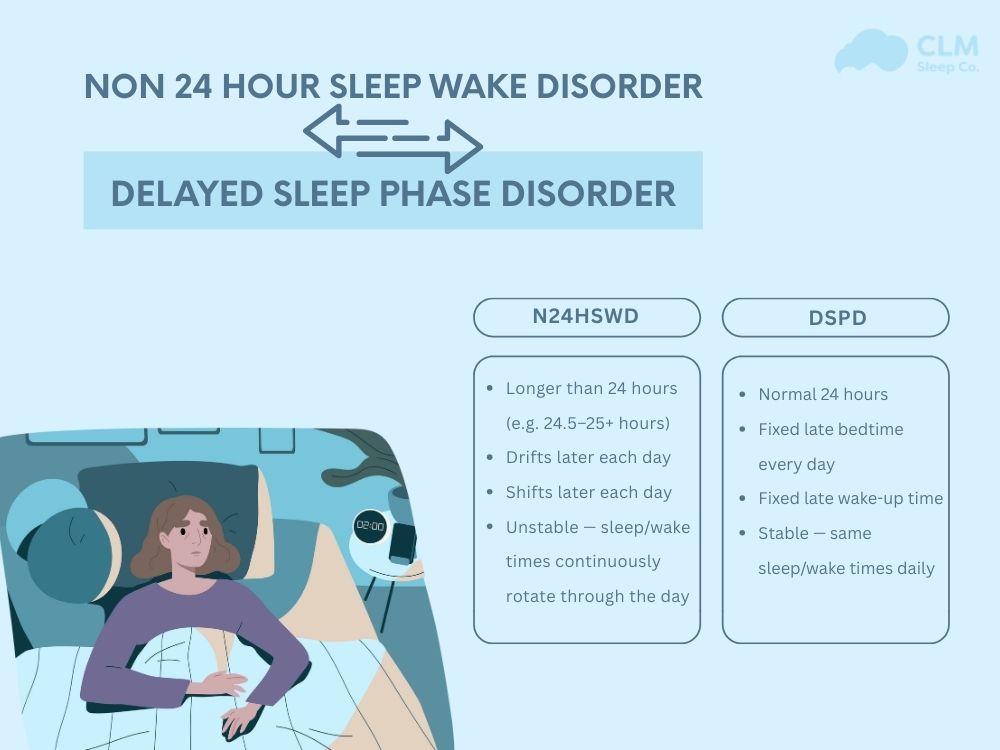
Both Non 24 hour sleep wake disorder (N24HSWD) and Delayed sleep phase disorder (DSPD) cause patients to sleep later than the normal human time, making it difficult to wake up early. The overlap in symptoms often leads to confusion, even among healthcare providers. However, the underlying patterns are different.
| Aspect | Non 24 hour sleep wake disorder (N24HSWD) | Delayed sleep phase disorder (DSPD) |
| Circadian rhythm length | Longer than 24 hours (e.g. 24.5–25+ hours) | Normal 24 hours |
| Bedtime pattern | Drifts later each day | Fixed late bedtime every day |
| Wake-up time | Shifts later each day | Fixed late wake-up time |
| Cycle stability | Unstable — sleep/wake times continuously rotate through the day | Stable — same sleep/wake times daily |
| Main cause | Often total blindness; disrupted light–brain signalling | Circadian phase delay in otherwise normal rhythm |
| Impact | Periods of alignment and misalignment with social schedules | Constant misalignment with typical social schedules |
Causes of Non-24-Hour Sleep-Wake Disorder
Lack of light perception (most common)
In people who are totally blind, the eyes can’t send light signals to the brain. If there is no signal, the biological clock will run on its own longer cycle, usually more than 24 hours, causing sleep and wake times to shift each day.
Disruption of the circadian system (rare)
In some signs, damage or dysfunction in the brain’s circadian control centre, such as the suprachiasmatic nucleus, prevents the body clock from resetting to light and environment cues.
Melatonin rhythm misalignment
Melatonin, the hormone that signals sleep time, may be released later than normal. This mismatch makes it hard to fall asleep at the desired time and maintain good sleep quality.
The biological rhythm disruption in the non 24-hour syndrome causes patients to continuously live in a state of “jet lag” compared to their surrounding environment. This leads to:
- Insomnia or poor quality sleep when sleep wake time don’t match social hours.
- Fatigue, decreased concentration, reduced learning and work performance.
- Negative effects on mood with higher risk of anxiety and depression.
- It is difficult to maintain social activities, relationships, and personal responsibilities.
How to Treat and Manage Non-24-Hour Sleep-Wake Disorder?
Some clear syndromes to identify the disorder of non-24-hour sleep-wake disorder cycle cause many impacts on health and daily activities.
- Sleep and wake times gradually shift later each day.
- Difficulty falling asleep or having interrupted sleep, not sleeping deeply.
- Frequent fatigue, daytime sleepiness, causing decreased concentration at work.
- Daily life, study and work schedules are disrupted.
Common treatment approaches:
- Consistent sleep – wake schedules: helps stabilise the body’s internal clock and align it with a 24 hour rhythm.
- Use sleep support devices and CPAP for the treatment plan of insomnia, improving deep sleep.
- Create a good sleep environment: Create a quiet sleep environment, avoid blue light and electronic devices before bedtime.
- Light therapy: Exposure to bright light at the right time to “reset” the biological clock.
- Melatonin or similar components: Supports the adjustment of sleep timing, used as directed by medical professionals.
- Regular monitoring and follow up: Ensures treatment remains effective and is adjusted when needed.
CLM Sleep is currently offering free consultation services and participating in sleep research to help identify the causes and find optimal solutions for your sleep health. Contact us to schedule an early support appointment from CLM Sleep.
Conclusion
Living with non-24-hour sleep-wake disorder can make you feel disconnected from life, gradually causing you to lose confidence, and even simple daily routines become difficult. If not controlled, it can disrupt sleep quality, reduce concentration ability, affect mood and overall health. The good news is that effective strategies and personalised treatments exist to help restore balance to your sleep wake cycle. At CLM Sleep, we combine expert assessments, advanced diagnostic tools, and thoroughly researched, highly personalized therapies to optimize treatment plans for patients. From there, it supports you in your journey towards healthier and more regular sleep. With our free consultation and sleep study services, you can better understand your condition and take control of your night and day. Contact CLM Sleep today to get started!
